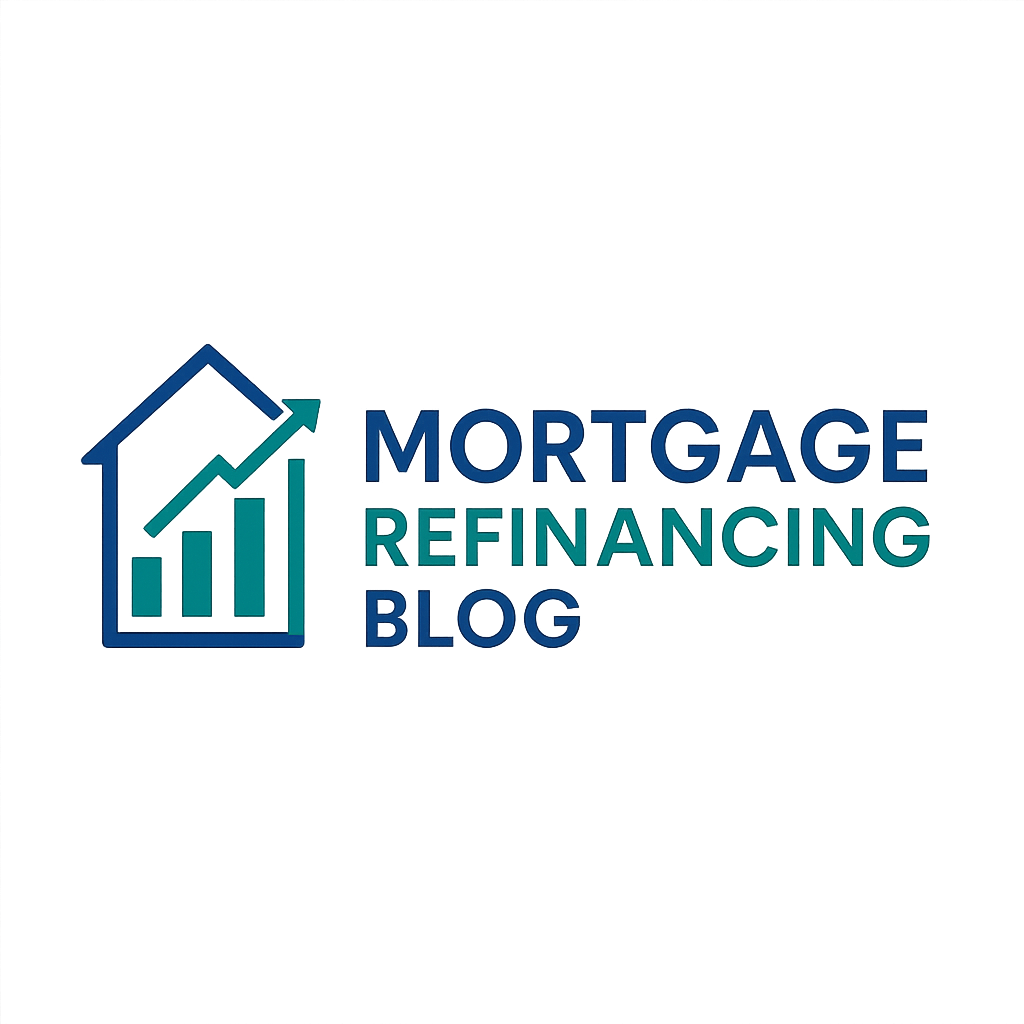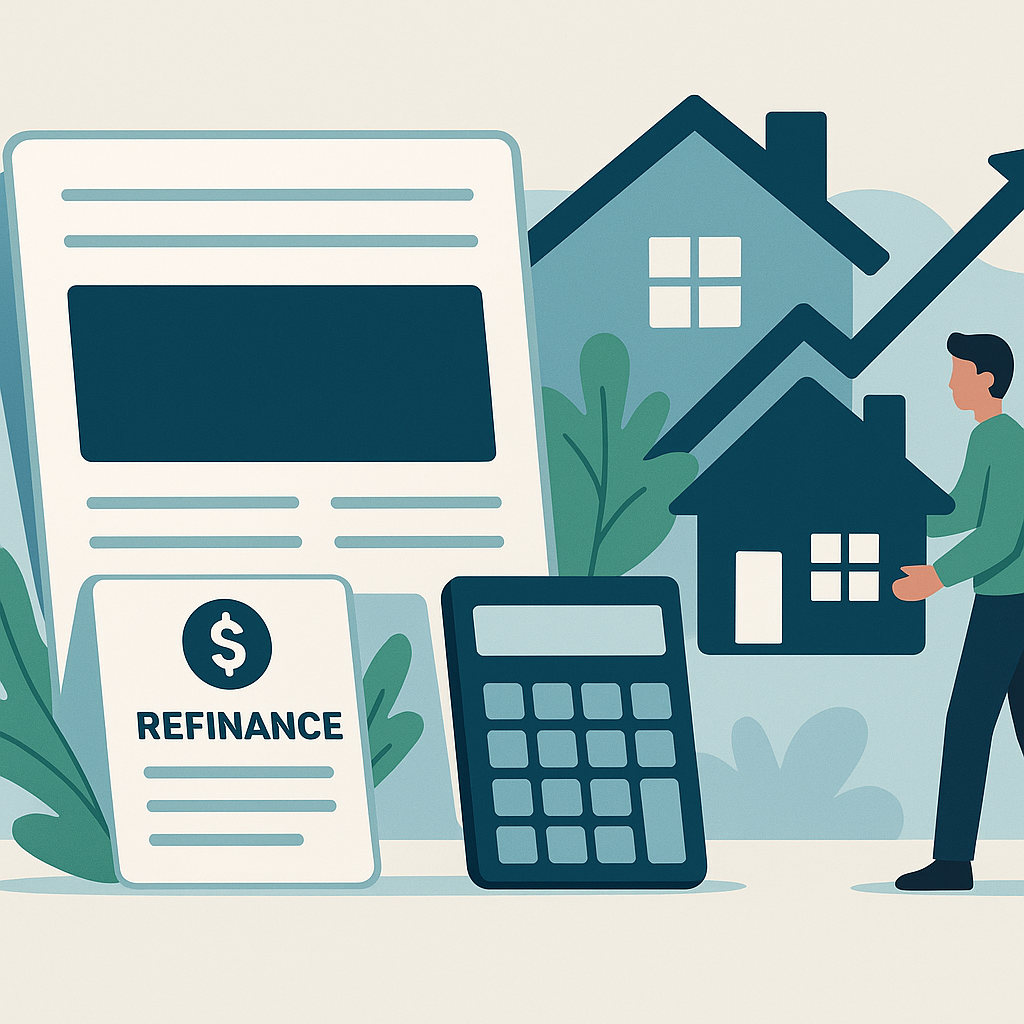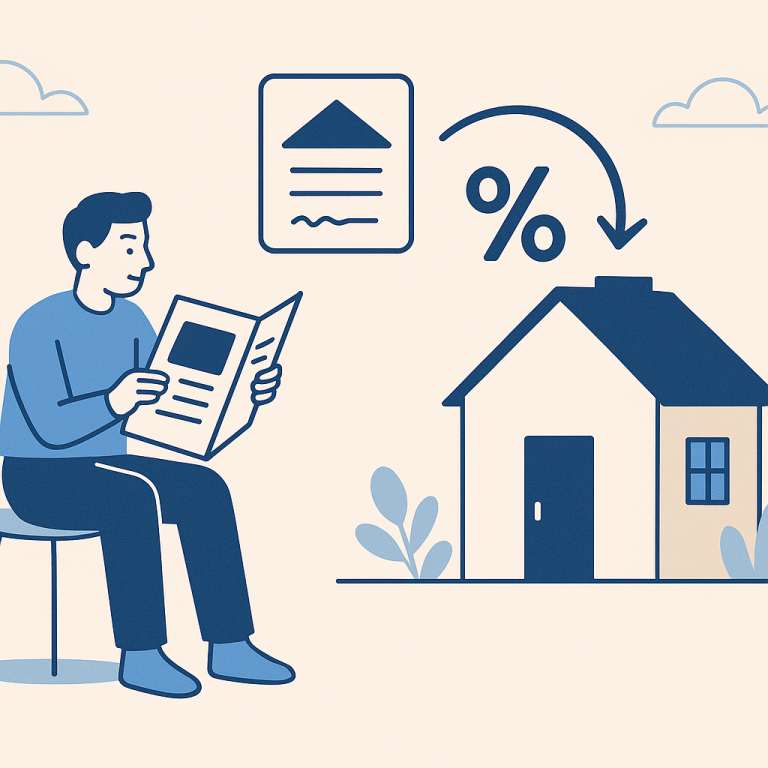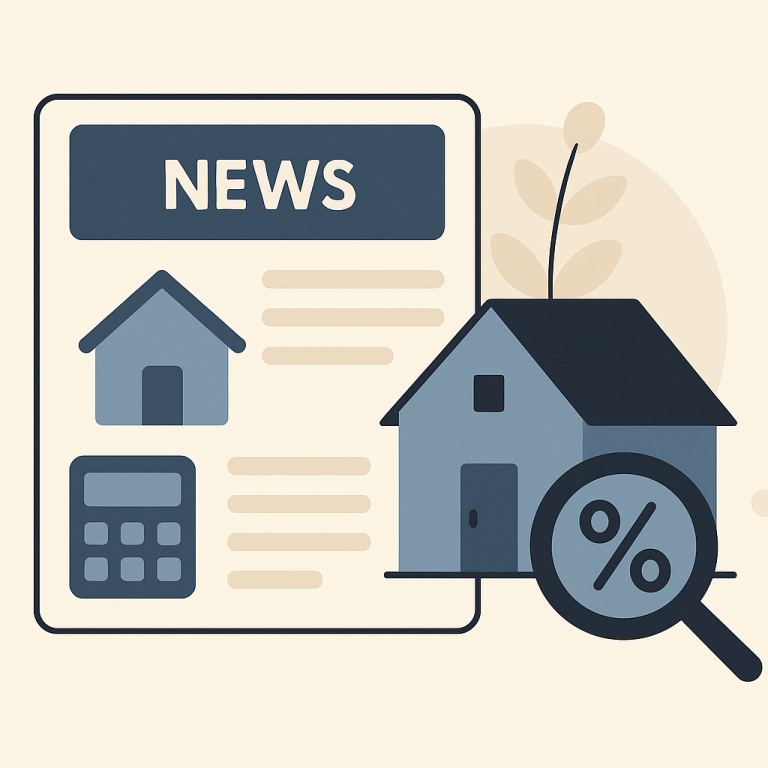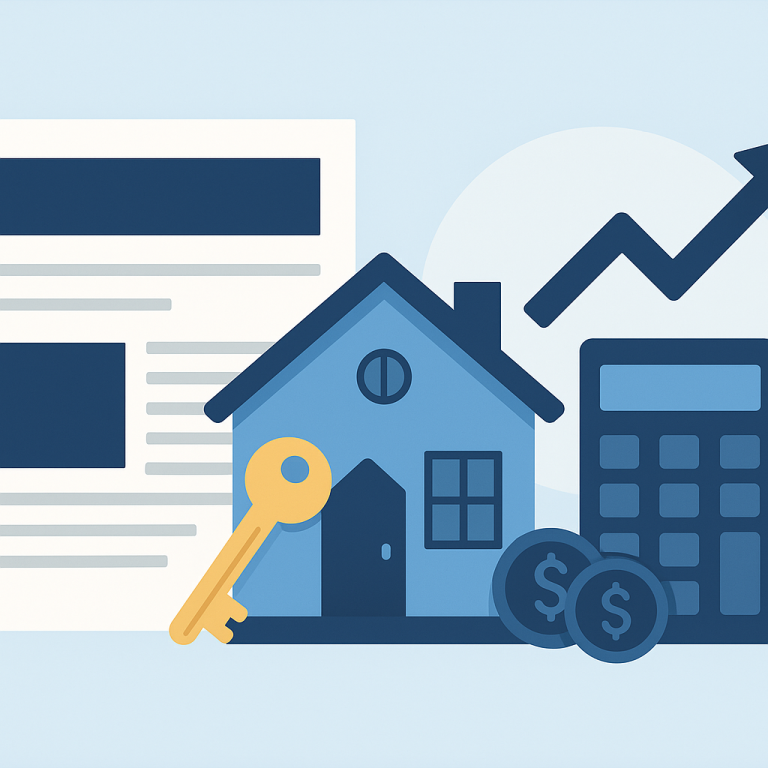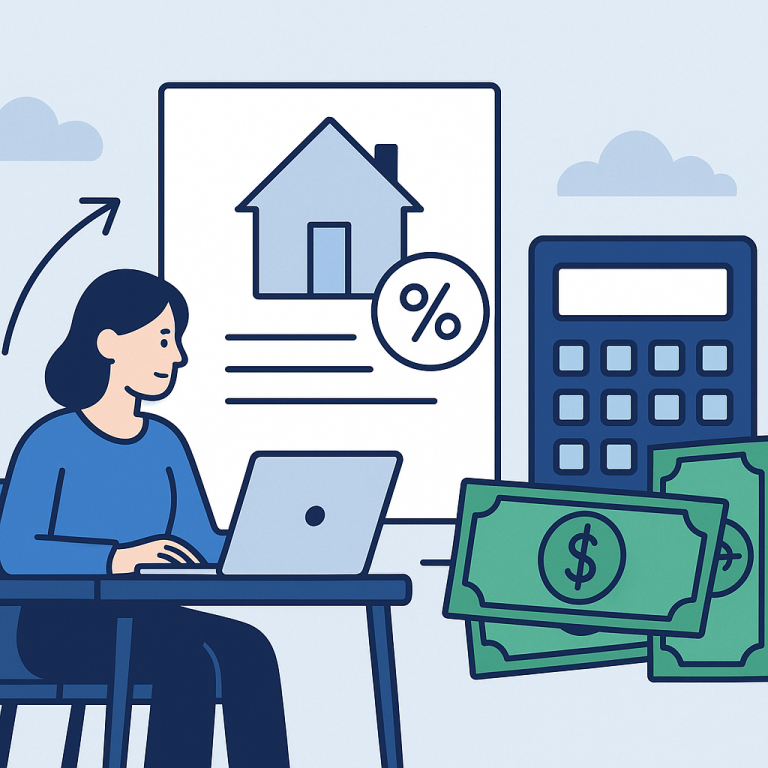Top Lenders Raise Refinance Fees, Adding Hundreds To Borrowers’ Closing Costs
Homeowners Shift Refinancing Goals as Mortgage Rates Moderate
Refinancing activity is showing a notable shift as mortgage rates moderate from prior highs. Rather than pursuing cash-out refinances en masse, a growing portion of homeowners are focusing on shortening loan terms and consolidating higher-interest consumer debt into their mortgages. Lenders report demand increasingly centers on stability and long-term savings rather than one-time liquidity events.
The trend reflects changing priorities among borrowers who earlier in the rate cycle delayed moves while waiting for more favorable conditions. As borrowing costs became less volatile, many homeowners assessed the trade-offs between lowering monthly payments, reducing total interest over the life of a loan, and preserving cash reserves. These assessments are driving a heavier tilt toward refinances that reduce term length or replace adjustable-rate debt with fixed-rate mortgages.
Industry lenders also note that refinancing for debt consolidation has gained traction. Homeowners with high-interest credit balances or other installment loans are attracted to mortgages as a way to lower overall borrowing costs and simplify monthly obligations. While this strategy can reduce interest paid monthly, it typically extends the repayment period for amounts folded into the mortgage, which homeowners should weigh against long-term costs.
For lenders, the shifting mix of refinance business affects pricing and product availability. Products that enable term reduction or allow for flexible principal repayment are receiving greater attention, while some cash-out and streamline refinance options remain available but account for a smaller share of applications. Underwriting standards continue to be a governing factor: credit history, loan-to-value ratios and documentation remain key determinants of eligibility and terms.
Market observers emphasize that individual circumstances dictate whether refinancing makes sense. Homeowners nearing retirement, those who plan to move soon, or borrowers with low remaining principal balances may find limited benefit in converting to a shorter term. Conversely, borrowers with significant remaining mortgage balances, stable income and plans to stay in their homes may benefit more from term reduction or rate-and-term refinances.
What Homeowners Should Consider
- Define the primary goal: Determine whether the priority is lower monthly payments, shorter loan term, lower lifetime interest, or debt consolidation.
- Compare total costs: Factor closing costs and fees into calculations to understand the true break-even timeline for refinancing.
- Evaluate term trade-offs: Shorter terms generally increase monthly payments but reduce total interest paid; longer amortizations lower payments but can increase lifetime interest.
- Assess the impact of consolidating non-mortgage debt: Rolling high-interest balances into a mortgage can lower monthly interest but may extend repayment and affect home equity.
- Check underwriting readiness: Verify credit profile, documentation, and home equity position in advance to avoid surprises during the application process.
- Shop multiple lenders: Rates and fees vary across lenders and loan products; comparing offers can yield meaningfully different outcomes.
As the refinancing landscape evolves, homeowners who clearly identify their objectives and run scenario analyses are best positioned to make informed decisions. Consulting with lenders or independent financial advisors can help translate market trends into a strategy aligned with personal financial goals.
META: refinancing trends — term reduction and debt consolidation; homeowner takeaways; practical considerations for comparing refinance options
